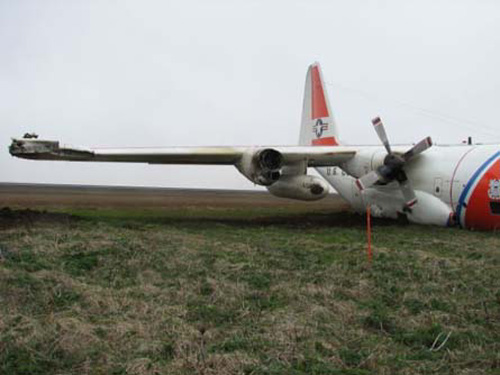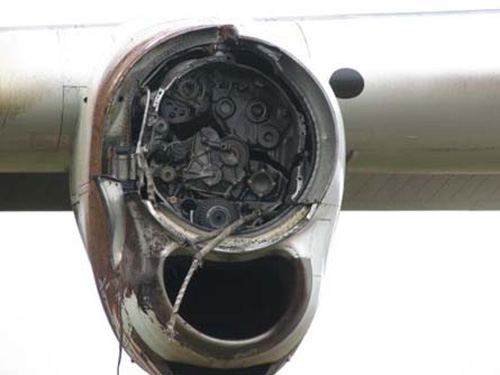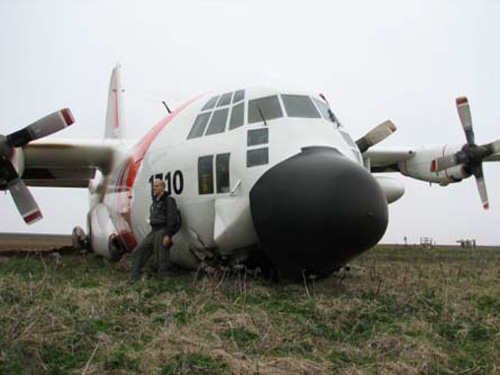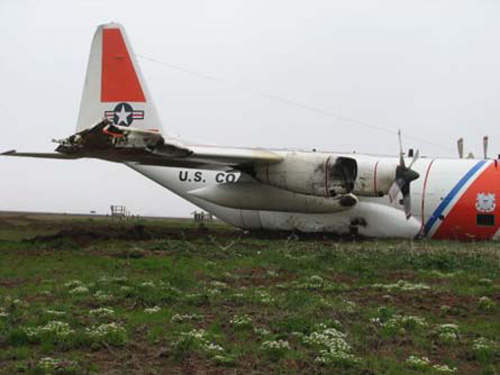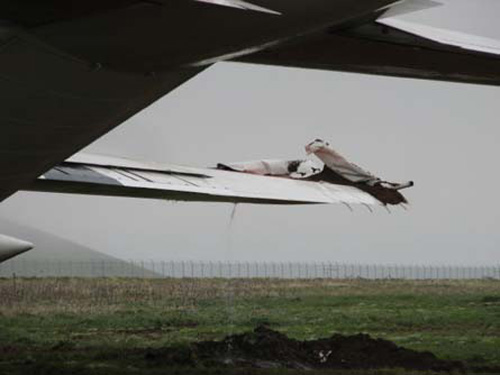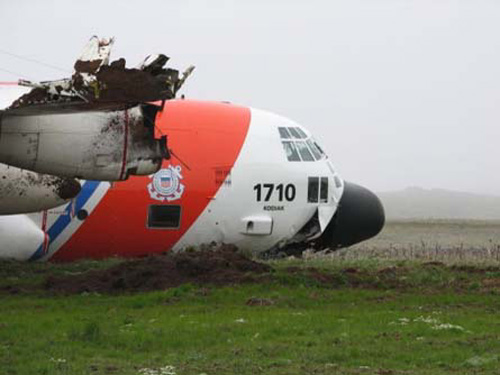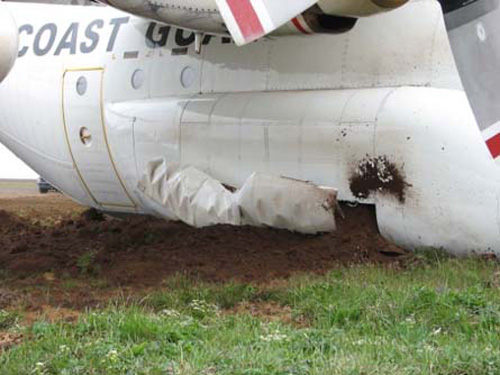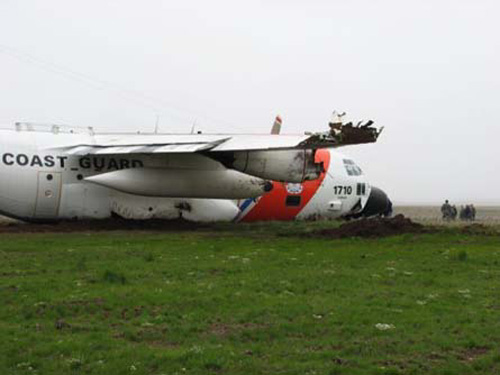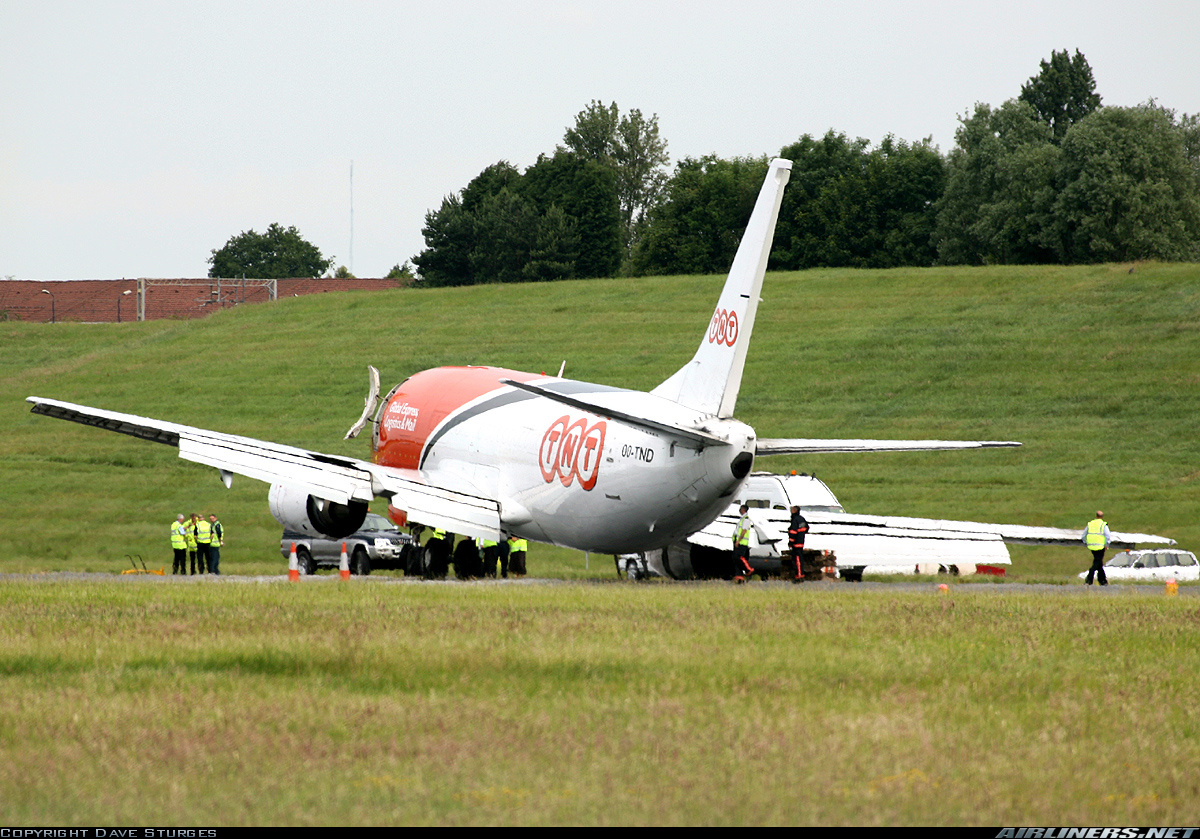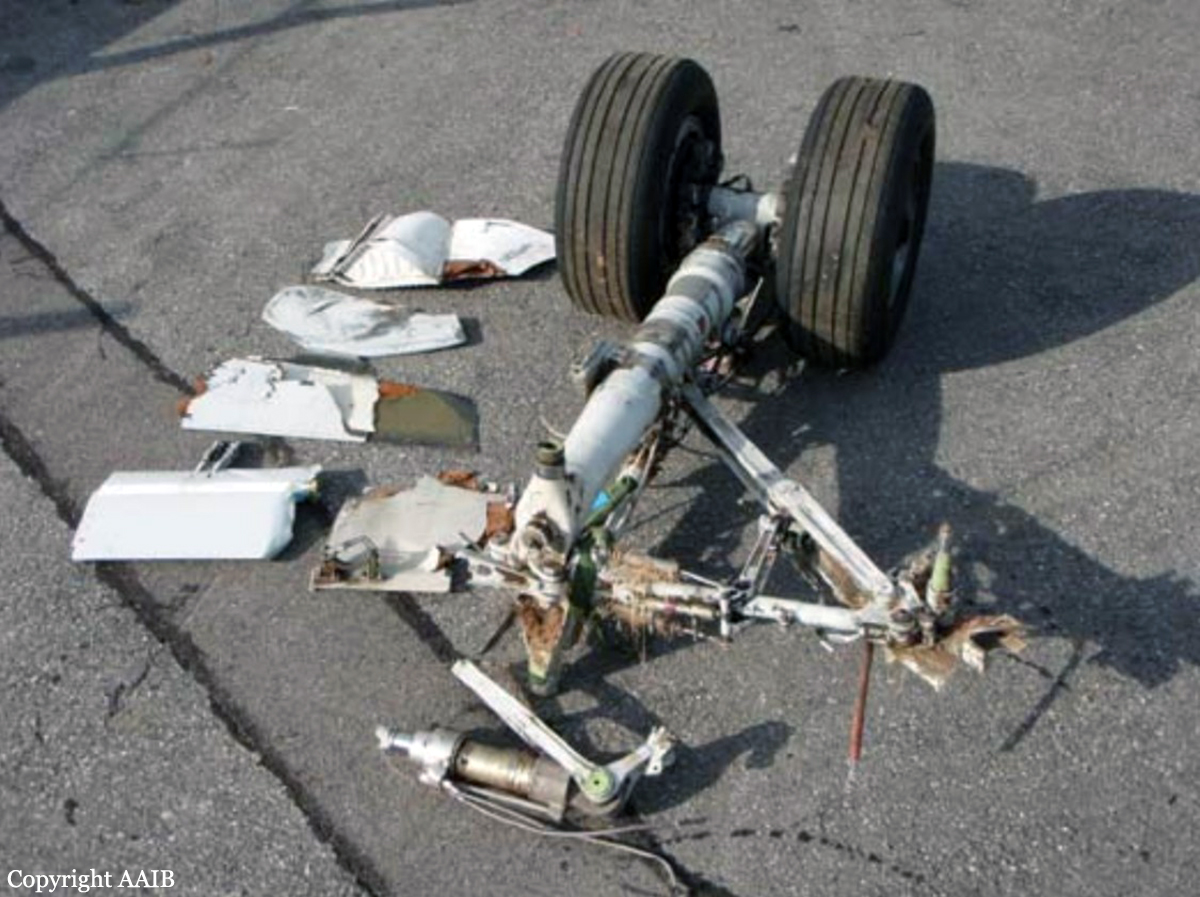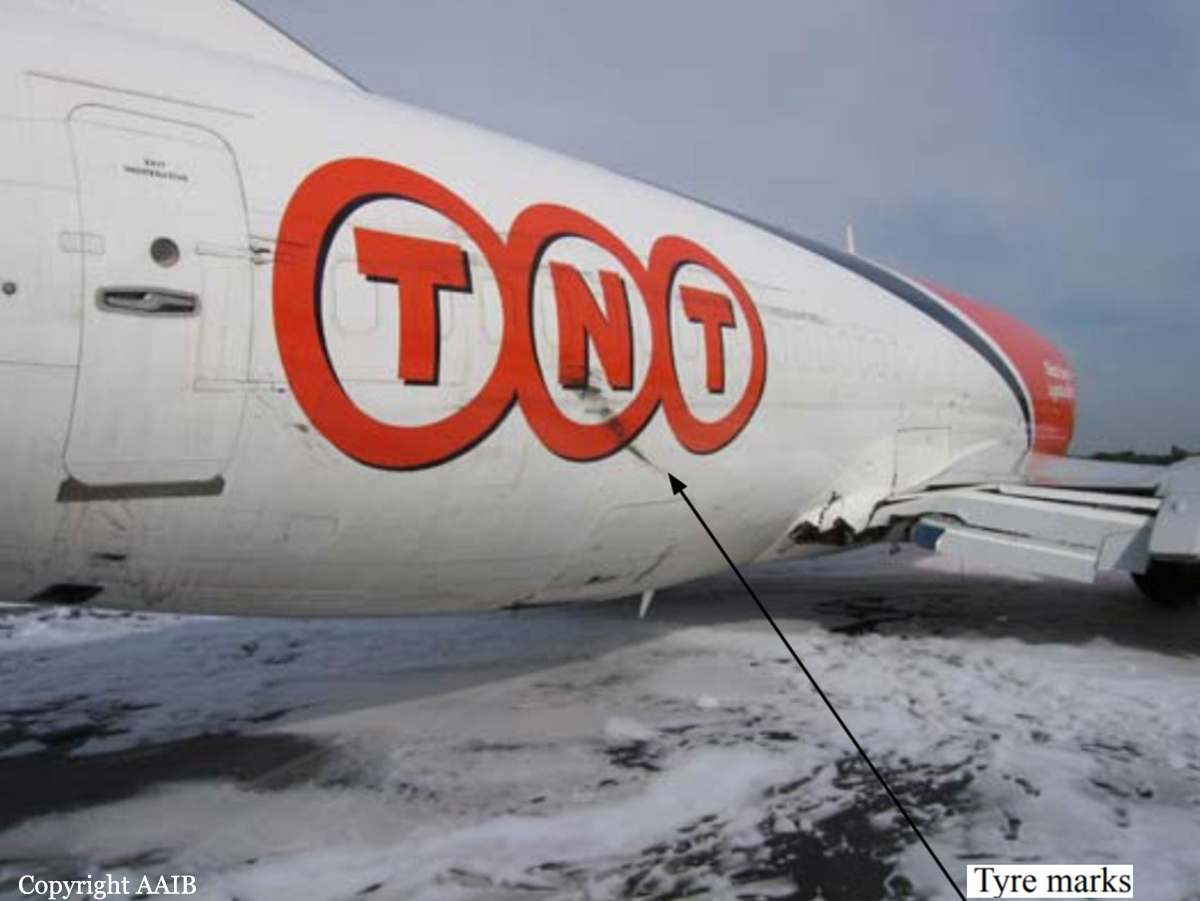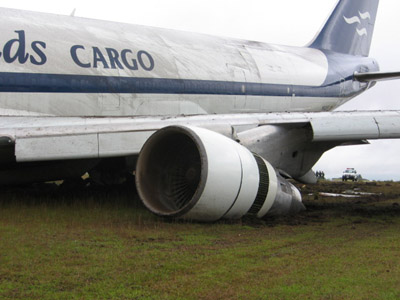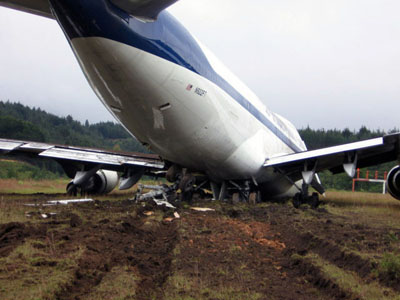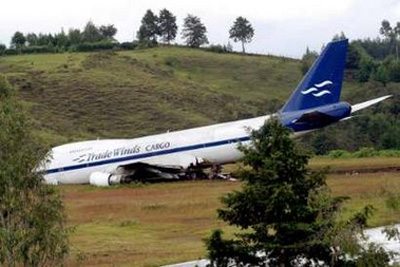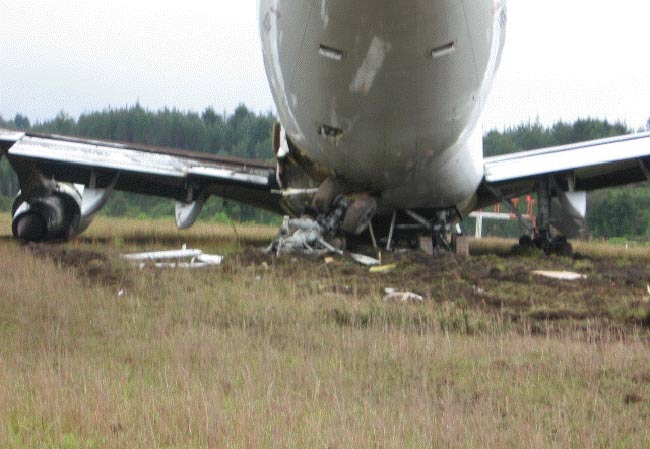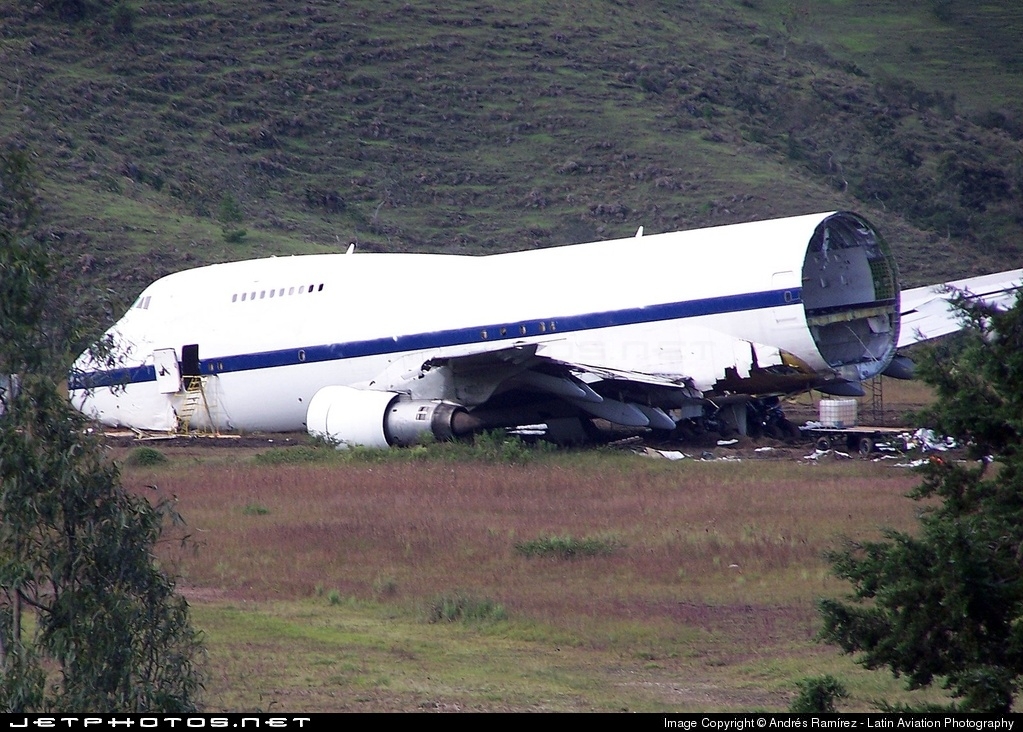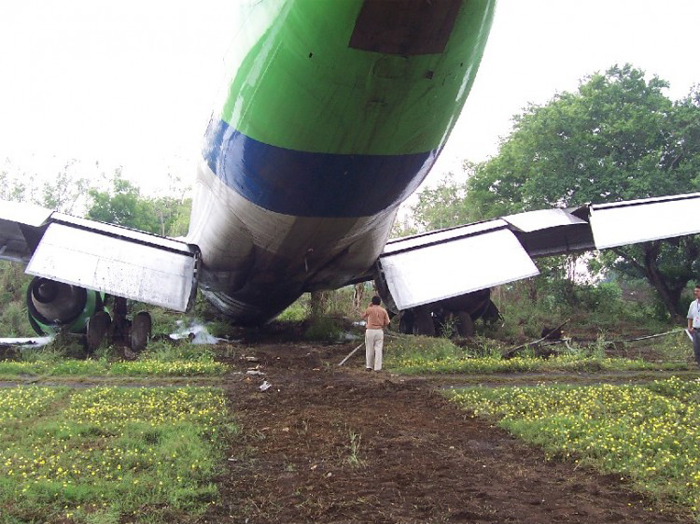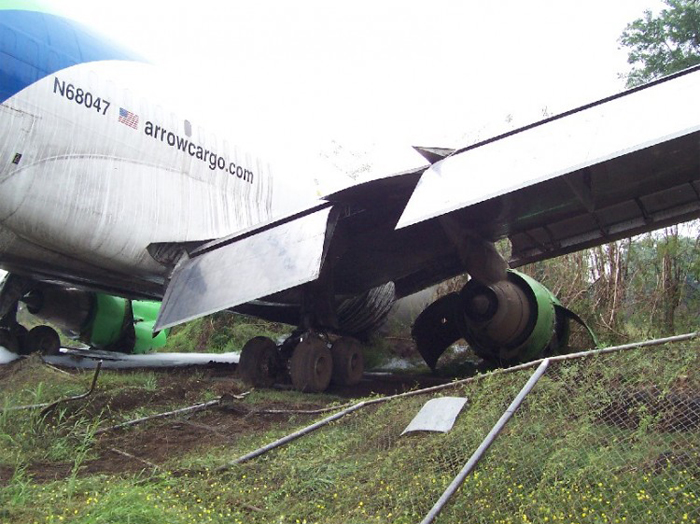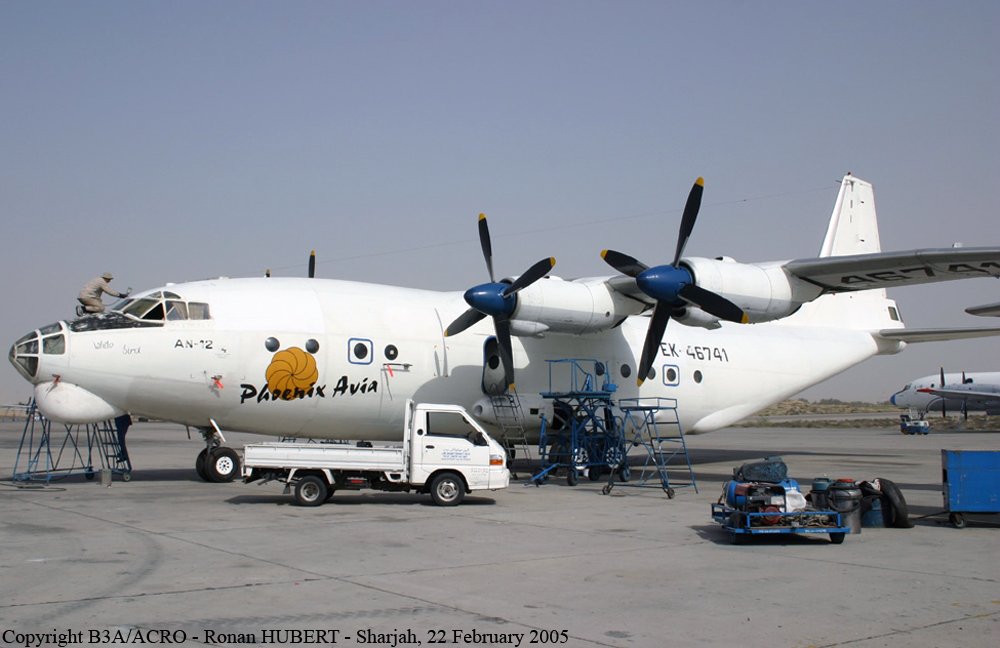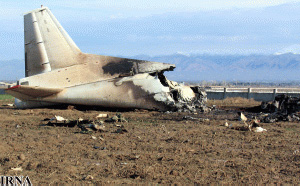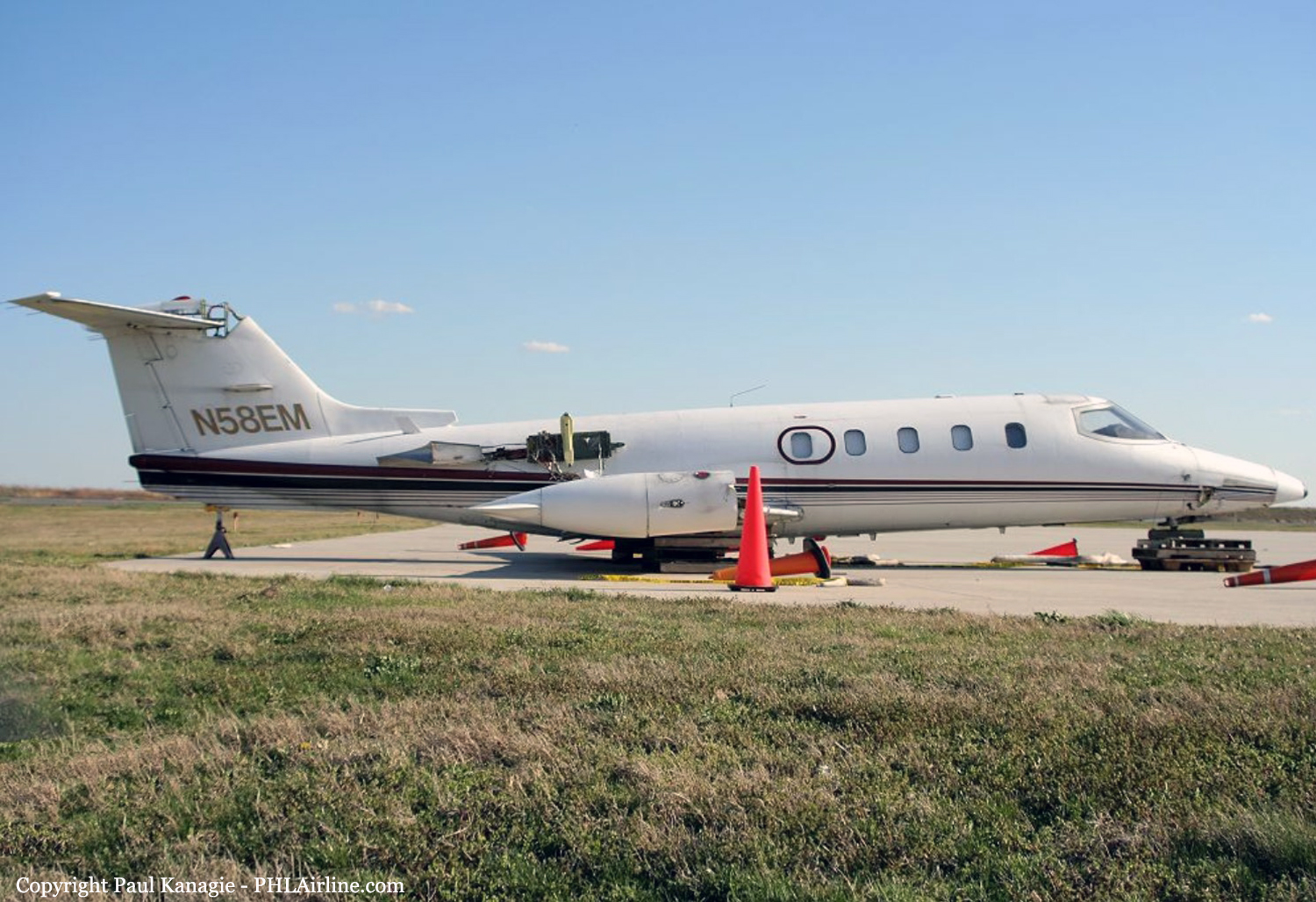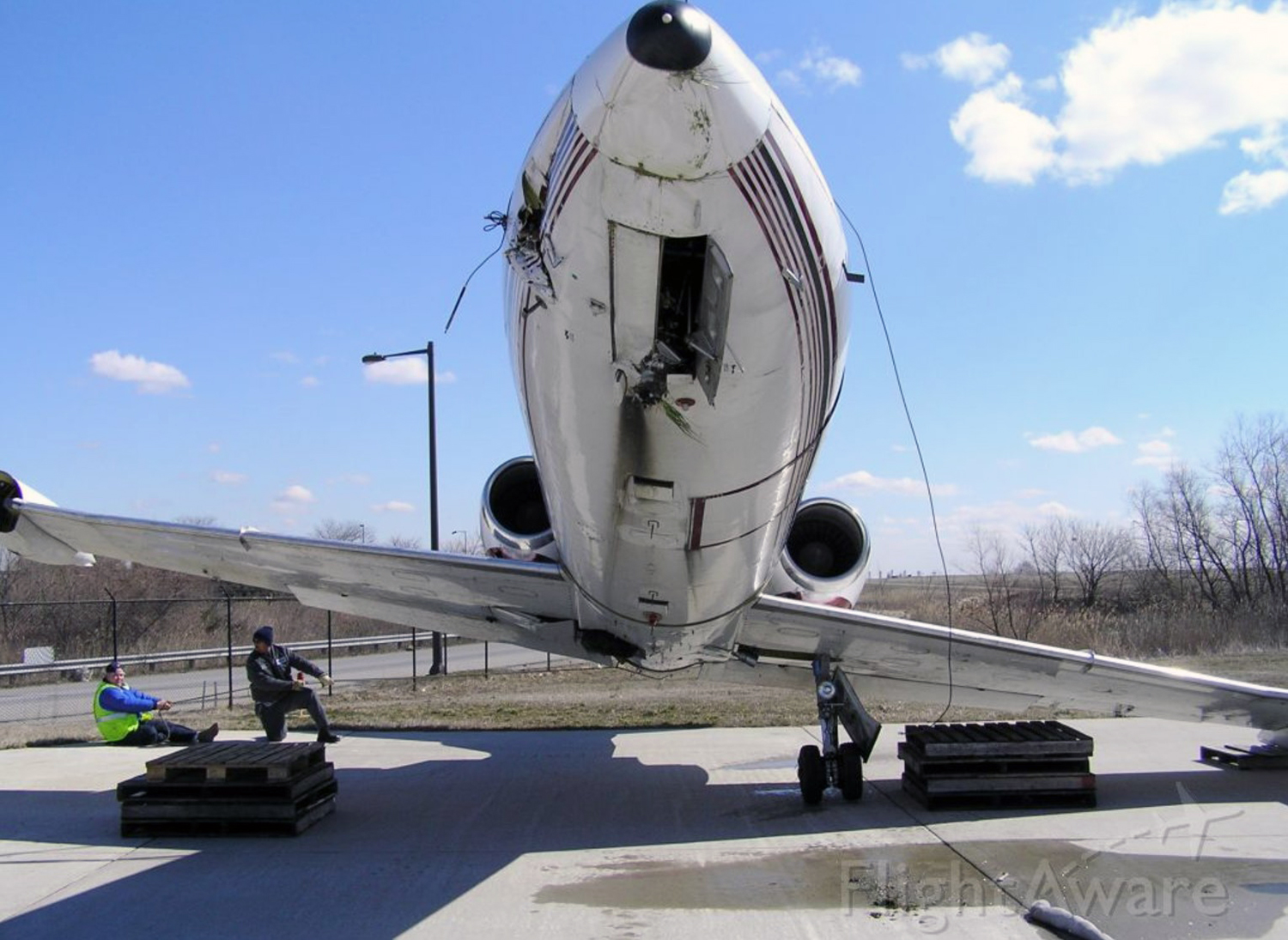Crash of a Lockheed HC-130H Hercules in Saint Paul Island
Date & Time:
Jun 28, 2006
Registration:
1710
Survivors:
Yes
Schedule:
Kodiak - Saint Paul Island
MSN:
5028
YOM:
1985
Crew on board:
9
Crew fatalities:
Pax on board:
0
Pax fatalities:
Other fatalities:
Total fatalities:
0
Circumstances:
The aircraft departed Kodiak on a cargo flight to Saint Paul Island, carrying nine crew members and a 19,000 litres fuel truck. Upon landing on runway 36, the airplane fish tailed twice, causing the right wing to struck the runway surface. The wingtip was sheared off as well as the engine n°4 propeller. Unable to stop within the remaining distance, the aircraft overrun, lost its undercarriage and came to rest few dozen metres further. All nine occupants escaped uninjured while the aircraft was damaged beyond repair.

